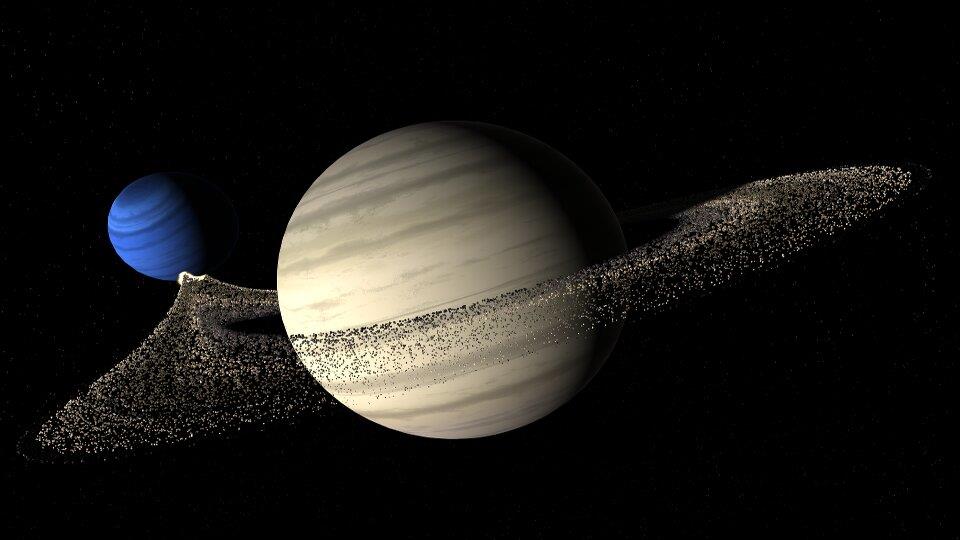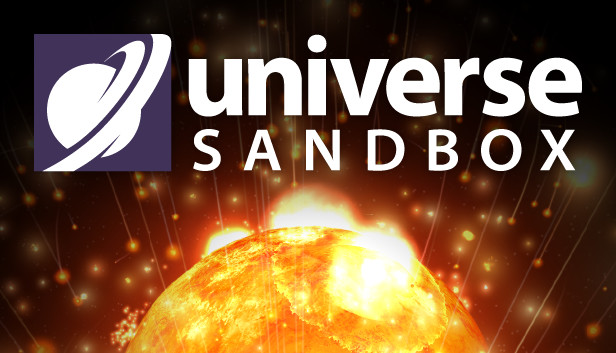

This clip shows a data map of Earth’s temperature as it becomes tidally locked. See the difference? Generally speaking, the new version of Grids is at least 100 times faster than the old version.

Turning down the resolution helped, but not enough.Ĭompare that with the resolution of this new model, where each pixel is equivalent to a grid square in the above image. In other words, we could run it at a higher resolution, but performance quickly took a hit once there were a bunch of objects in a simulation all running Surface Grids.


The old model was scalable and the image below represents a fairly low resolution for the model, but it was also the baseline that we were working with because of performance concerns. But the resolution of the model determines just how detailed the data and visuals can be, so a lower resolution model makes it that much less interesting. Performance relates directly to the resolution of the model: a higher resolution means more computations and slower performance. Zoom, Enhance!Īs mentioned in our last post, concerns about performance with our old model played a significant part in our decision to do a rewrite. At this point progress can also be a bit misleading, because often times the longest and most challenging part of development comes later, when we’re tweaking, polishing, finding and fixing bugs, and making sure all the complexities of the fully fleshed out model play nicely with each other and the rest of the simulation.īut let’s not get too ahead of ourselves - here’s a look at the progress we’ve made so far. At the same time, they can be a little less accessible from an outside perspective because they don’t have any of the polish and pizazz of a complete feature. Early technical implementations can also give us a good sense of what’s to come and what is possible. We haven’t encountered any significant roadblocks (knock on wood) and the results we’ve seen are very promising.įeature development in the beginning can be very exciting, because it can seem relatively quick to set up a framework, especially with a feature like this, where it’s a rewrite of a model we put a lot of work into. We’re happy with the progress that we’ve made so far on the new Surface Grids. Anything discussed or shown may not be representative of the final release state of Surface Grids. Keep in mind this is a development log for a work-in-progress feature.
Universe sandbox 2 laser update#
If you haven’t seen it yet, check out our blog post from a couple of weeks ago (we’ll call that Dev Update #1) where we talk about our decision to delay Surface Grids in favor of a rewrite that will better meet our Quality Standards for Awesome Features. It also makes it possible to add tools like the laser, which is essentially just a fun way of heating up localized areas of a surface. In effect, it allows for more detailed and accurate surface simulation and more dynamic and interactive surface visuals. It’s a feature we’re developing for Universe Sandbox that makes it possible to simulate values locally across the surface of an object. Here’s our round two update on the development status of Surface Grids and Lasers.Ī primer on Surface Grids for anyone not familiar: Image: A work-in-progress view of temperature data for the Moon’s surface during Bombardment of the Moon simulation


 0 kommentar(er)
0 kommentar(er)
